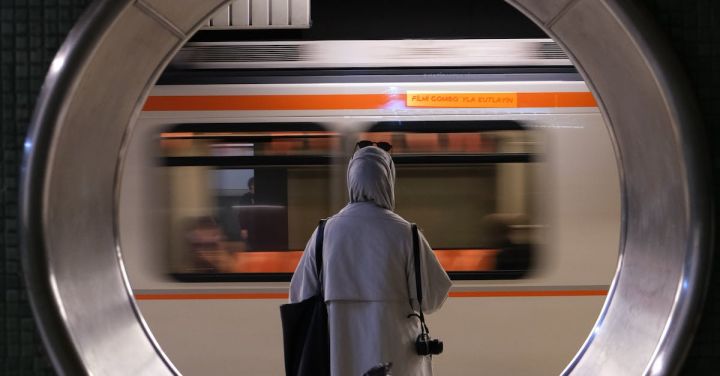Wars have always been fought on the ground, with armies battling it out for supremacy. But behind the scenes, there is a crucial aspect that often goes unnoticed – troop transports. These unsung heroes play a vital role in the success of any military campaign, serving as the lifelines of armies during wars.
Troop transports are the backbone of logistical operations, ensuring that soldiers, equipment, and supplies are efficiently moved from one location to another. They come in various forms, ranging from trucks and trains to ships and aircraft. Each mode of transport has its own advantages and limitations, but all serve a common purpose – to keep the military machine running smoothly.
In the early days of warfare, troop transports were often rudimentary and unreliable. Soldiers would march on foot, carrying their supplies on their backs, enduring long and grueling journeys. But as technology advanced, so did the capabilities of troop transports.
During World War II, for example, trucks played a vital role in moving troops and supplies across vast distances. These versatile vehicles could navigate rough terrain and deliver troops to the front lines quickly. They were also used to transport wounded soldiers back to medical facilities, saving countless lives.
In addition to trucks, trains played a significant role in troop transport during the world wars. They could transport large numbers of soldiers and equipment in a single journey, making them an efficient and effective means of moving troops. Railways became the lifelines of armies, ensuring that soldiers were deployed quickly and reinforcements reached the front lines in a timely manner.
As technology continued to evolve, troop transports took to the seas and skies. Ships, such as aircraft carriers and landing craft, allowed for the transportation of troops and equipment across bodies of water. They enabled armies to launch amphibious assaults and conduct naval operations, expanding the reach and capabilities of military forces.
Aircraft became another game-changer in troop transport. Transport planes, such as the iconic C-47 Dakota, could airlift soldiers and supplies to remote locations, bypassing traditional logistical challenges. This innovation greatly enhanced the mobility and flexibility of armies, allowing them to respond swiftly to changing battlefronts.
Troop transports also played a crucial role in peacekeeping operations and humanitarian missions. In conflict zones or areas affected by natural disasters, they ensured the safe and efficient movement of personnel and supplies, providing aid and support to those in need.
The importance of troop transports cannot be overstated. Without them, armies would be immobilized, unable to deploy troops or sustain operations. They are the unsung heroes that keep armies functioning, ensuring that soldiers are where they are needed most.
In conclusion, troop transports are the lifelines of armies during wars. They are the logistical backbone that enables the movement of soldiers, equipment, and supplies. From trucks and trains to ships and aircraft, each mode of transport plays a vital role in ensuring the success of military campaigns. Without these unsung heroes, armies would be crippled, unable to carry out their missions effectively. So, let us not forget the vital role that troop transports play in the theater of war.
